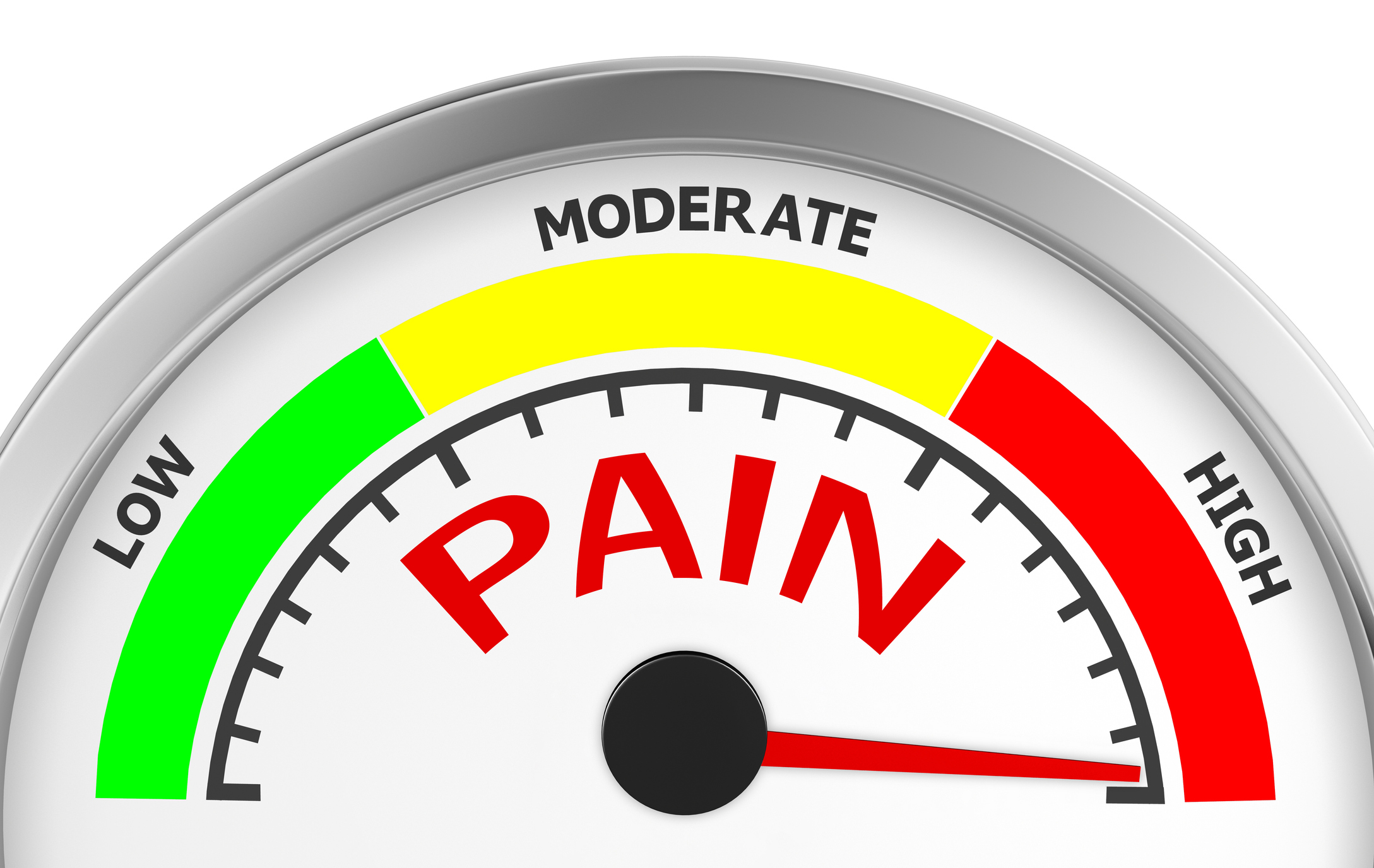Q: Non-Addictive pain control: what works best? This is a question asked by someone who attended one of our free Community Education webinars.

Yes, there are many different, evidence-based strategies to help manage pain. But first, let’s briefly touch on (potentially) addictive pain control i.e., opioid use.
Pharmacological Opioid Use: A Double Edge Sword
Opioids play a critical, time-limited role in the management of acute (e.g., perioperative, acute injuries), terminal, and cancer related pain. They also have a use in the management of chronic non-cancer pain (CNCP). Opioids work by binding to opioid receptors in the brain, spinal cord, and other areas of the body. They reduce feelings of pain by interacting with the brain’s own opioid receptors and changing how they respond to pain stimuli. As well as relieving pain, opioids can produce euphoria (a sense of profound wellbeing). While they are extremely effective at pain relief, they can create dependency and tolerance, and are highly addictive – event weak opioids like codeine and tramadol. Indeed, opioids are safest when used for three or fewer days to manage acute pain.
Non-Addictive pain control: what works best?
An opioid isn’t the first choice for treating chronic conditions such as arthritis, so let’s have a look at the many other pain control or management treatments to consider and try first.
- Non-opioid analgesics, such as non-steroidal anti-inflammatory drugs (NSAIDs) and paracetamol (acetaminophen). You can get these with and without prescription depending on type and strength.
- There is moderate quality evidence that Capsaicin cream can help reduce pain. Capsaicin is commercially available as 0.025%, 0.075%, and 0.1% creams. Some are over the counter; other may need a prescription. Studies have showed significant reductions in pain among those with postherpetic neuralgia, painful polyneuropathies including diabetic and HIV-related neuropathy, postmastectomy/surgical neuropathic syndromes, and in some studies, musculoskeletal pain. High‐concentration (8%) capsaicin patches can give moderate pain relief, or better, to a minority of people with postherpetic neuralgia.
- Exercise can help manage chronic pain. Though it may seem counter-productive at times, studies show exercise is a potent analgesic.
- Massage and other types of physical therapies, for example, dry needling or acupuncture, taping, and joint manipulation, can all help to manage pain to a certain degree. However, these therapies are a like band-aides, that is, they can provide temporary pain relief but often don’t fix the root of the problem. In some cases, a dependency can be created on such complimentary therapies.
- Cognitive behavioural therapy, mindfulness, and relaxation techniques have demonstrated to be effective at managing chronic pain by challenging and changing our thoughts and behaviours, and reducing rumination and catastrophising tendencies. Attend our June webinar on Mindfulness to experience it for yourself.
If you would like to know more about these chronic pain management strategies, please feel free to contact Kat Keane at kkeane@arthritistas.org.au.
